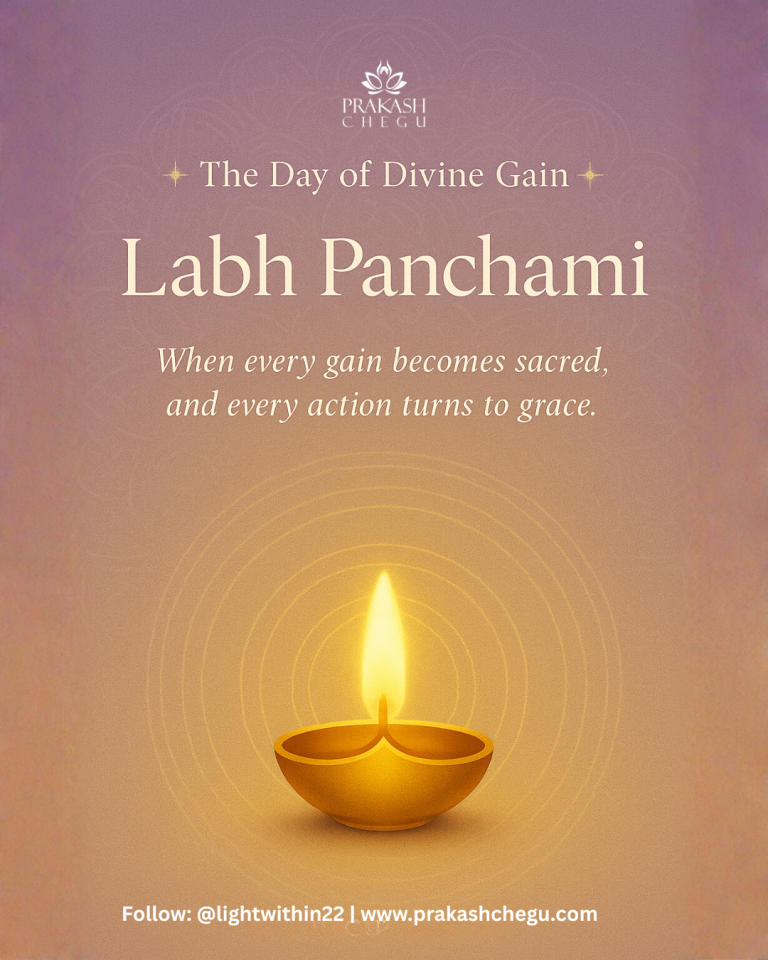Honoring the Serpent Deities this Nag Panchami
In Hindu cosmology the serpent (Nāga) is a symbol of profound wisdom, power and transformation. Rather than objects of fear, Nāgas are revered as guardians of dharma, elemental energies and ancestral memory. Among them, the Ashta Nāgas (Eight Nāgas) hold a sacred place as protectors of subtle realms, chakra energies and sacred sites.
✨ What is Nag Panchami?
Nag Panchami is celebrated on the fifth day (Panchami) of the bright lunar fortnight of the Shravan month. Devotees offer milk, flowers and prayers to snake idols, anthills or sacred serpent images to pacify Nāga Dosha, remove karmic blocks, heal ancestral wounds and awaken the inner serpent energy—Kundalini Shakti.
Why Are Serpents Worshipped in Hinduism?
Serpents are seen as divine for several reasons:
- Life force (prana): they represent the primordial life energy coiled at the base of the spine.
- Guardians of hidden realms: both physical and metaphysical.
- Codes of transformation, fertility and rebirth: their form is echoed in DNA spirals and the coils of kundalini.
- Cosmic time: they symbolize the cyclical nature of time and space.
The Ashta Nāgas: Eight Sacred Serpent Guardians
Each of the eight Nāga kings carries unique symbolism and is associated with a chakra and specific power:
- Ananta (Shesha Nāga) – The Infinite One. Symbolizes infinity and cosmic support; forms Lord Vishnu’s cosmic bed. Associated with the crown chakra, representing pure consciousness and timeless wisdom.
- Vasuki – The Churning Serpent. Symbolizes service and cosmic rhythm; used as the rope in the Samudra Manthan to churn the ocean of milk. Associated with the heart chakra, embodying devotion and balance.
- Takshaka – The Fiery One. Represents karma, retribution and protection; a powerful Nāga king from the Mahabharata. Linked to the solar plexus, governing willpower and karmic digestion.
- Karkotaka – The Hidden Serpent of Alchemy. Symbolizes transformation and turning poison into power; teaches us to transmute shadow into strength. Associated with the sacral chakra, dealing with emotions and inner alchemy.
- Padma – The Lotus Nāga. Symbolizes purity, prosperity and divine grace; guardian of treasures beneath the earth. Connected to the third‑eye chakra, offering divine vision and creative awakening.
- Mahāpadma – The Great Lotus Nāga. Symbolizes cosmic abundance and deep memory; custodian of hidden treasures in the underworld. Associated with the root chakra, providing grounding and foundational stability.
- Shankhapāla – The Spiral Guardian. Represents sacred sound and protection; known for assuming human form to uphold dharma. Connected to the throat chakra, granting speech aligned with truth.
- Kulika – The Root Nāga. Symbolizes base energy and the source of kundalini. Linked to the root chakra and regarded as guardian of the coiled energy at the base of the spine.
Kundalini and the Nāgas
In Kundalini Yoga and Tantra, the serpent is a metaphor for dormant spiritual power. As this energy awakens and rises, it pierces each chakra, much like a serpent weaving through layers of consciousness. The Ashta Nāgas can be meditated upon as guardians and activators of each energy center, guiding your evolution from primal instinct to divine awareness.
Nag Panchami Rituals (Simple Guide)
- Offer milk, turmeric, flowers and sandalwood to snake idols or serpent mounds.
- Chant mantras such as “Om Namo Bhagavate Vasuki Nāgāya Namah” and “Om Namo Anantāya Namah”.
- Sit in meditation visualizing a golden serpent rising up the spine.
- Reflect on karmic fears or ancestral wounds and offer them for healing.
Final Words
This Nag Panchami, honor the divine serpents not as symbols of fear but as ancient allies. Offer devotion to the Ashta Nāgas—the serpent kings who protect, awaken and guide you on the dharmic path. Invite their blessings to transmute fear into power, karma into grace and slumbering energy into divine radiance.






